Dong Seoul Tourist Hotel (동서울 관광호텔)
10.6Km 2025-01-02
38, Guuigangbyeon-ro, Gwangjin-gu, Seoul
+82-2-455-1100
Dong Seoul Tourist Hotel is a boutique hotel located close to Gangbyeon Station (Subway Line 2) and Dong Seoul Bus Terminal. The hotel offers quality service and is suitable for leisure and business travelers. The rooms on the third and fourth floor are decorated in various themes.
Terminal de Autobuses Dong Seoul en Seúl (동서울종합버스터미널)
10.8Km 2021-05-20
Gangbyeonyeok-ro 50, Gwangjin-gu, Seúl
La terminal tomó el nombre actual en 1988. Dispone de una amplia oferta de rutas, hacia todas las provincias de la península coreana, con autobuses interurbanos y expresos. Se encuentra en la zona este de la ciudad. Varios de los servicios a ciudades importantes son de tipo interurbano, con varias paradas intermedias y con un precio del pasaje levemente inferior a los servicios expresos.
Seoul Hiking Tourism Center (Monte Bukhansan) (서울도심등산관광센터(북한산))
10.9Km 2024-03-05
Ui-dong 181-7, Gangbuk-gu, Seúl
Parque Nakseongdae del Monte Gwanaksan (관악산 낙성대공원)
10.9Km 2021-07-16
Nakseongdae-ro 77, Gwanak-gu, Seúl.
+82-2-879-6525
El Parque Nakseongdae fue construido como tributo al General Kang Gamchan (948-1031) de la dinastía Goryeo. En 1973, el Gobierno Metropolitano de Seúl reogranizó el lugar de nacimiento del general, que dio como resultado algunas modificaciones en el parque. Además de la contrucción del santuario Anguksa y edificios anexos en el parque, la pagoda de tres plantas fue movida al lado del santuario, y un monumento de 2 metros fue erigido en su localización original para marcar el significado histórico del lugar.
Techno Mart (Sucursal de Gangbyeon) (테크노마트 강변점)
10.9Km 2024-02-21
Gwangnaru-ro 56-gil 85, Gwangjin-gu, Seúl.
Parque Ecológico del Monte Achasan (아차산생태공원)
10.9Km 2021-05-05
Walkerhill-ro 127, Gwangjin-gu, Seúl.
+82-2-450-1655
Para llegar a la Plaza Haemaji ("saludar el sol", en coreano), tendrá que caminar cuesta arriba durante unos 30 minutos desde el sendero situado al lado del Parque Ecológico del Monte Achasan. La caminata no requiere mucho esfuerzo, ya que los senderos tienen buena infraestructura y la pendiente es muy leve. Solo tiene que seguir las señales que llevan a la Plaza Haemaji o a Goryeojeong, ya que los dos puntos están a solo 200 metros uno del otro.
Déjese envolver por el aroma del bosque y la naturaleza circundante mientras camina, y de un momento al otro se encontrará ya en la Plaza Haemaji. El Festival del Amanecer en el Monte Achasan, celebrado cada año el 1° de enero, es muy famoso.
Piscina de Jamsil del Parque del Río Hangang (한강시민공원 잠실수영장(실외))
11.0Km 2025-05-29
Hangaram-ro 65, Songpa-gu, Seúl.
El Parque del Río Hangang tiene 6 piscinas en total. El precio de la entrada es muy barato en comparación con la tarifa de otras piscinas al aire libre y tiene la calidad del agua y mantenimiento muy bien controlados. Para la comodidad de los visitantes, disponen también de intalaciones como quioscos, tiendas de venta de artículos de natación, etc.
Spring Walk Seoul (스프링워크서울)
11.0Km 2025-04-18
Hangangnanji-ro 162, Mapo-gu, Seúl
070-4705-2008
Parque Jamsil del Río Hangang (잠실한강공원)
11.0Km 2024-02-27
Hangaram-ro 65, Songpa-gu, Seúl.
El Parque Jamsil del Río Hangang se sitúa en la zona sureña de Gangbyeon, entre los puentes Jamsilcheolgyo y Yeongdongdaegyo. En sus alrededores se encuentran el Complejo Deportivo de Jamsil, Lotte World y el Parque Olímpico. Tiene un jardín excelente de flores silvestres y plantas exóticas que resultan ser un lugar ideal de aprendizaje para los niños que desean estudiar el ecosistema del río. También hay una ruta exclusiva de peces llamada "Eodo" y el parque organiza programas de estudio en base a esta ruta. En la cafetería River View Bom y en el barco de recreo Nuenaru, los visitantes podrán disfrutar de la hermosa vista nocturna del río Hangang.
Centro Internacional Seon (국제선센터)
11.1Km 2021-04-09
Mokdongdong-ro 167, Yangcheon-gu, Seúl.
El Centro Internacional Seon (Zen) es administrado por la orden budista Jogye y es un centro administrativo de estancia en templos a nivel global, donde residentes locales y extranjeros pueden vivir la experiencia del budismo coreano. El edificio de 7 pisos con 3 subsuelos está equipado con diversas instalaciones incluyendo un pabellón de práctica del seon (zen), el pabellón del Gran Dharma y espacios de educación y cultura.
El centro ofrece la oportunidad de experimentar la cultura tradicional budista de Corea a través de programas como el Ganwha Seon (clases de meditación), Estancia en Templo, Clase de Cultura Seon y lecciones sobre comida monástica. La ceremonia religiosa que se lleva a adelante todos los domingos se ofrece en coreano e inglés.

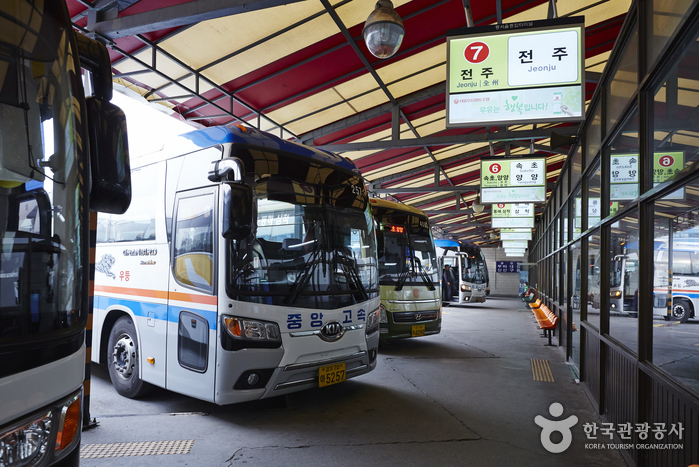
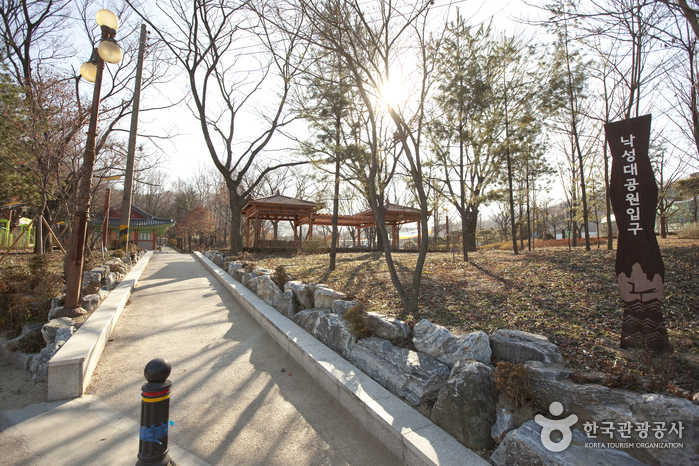
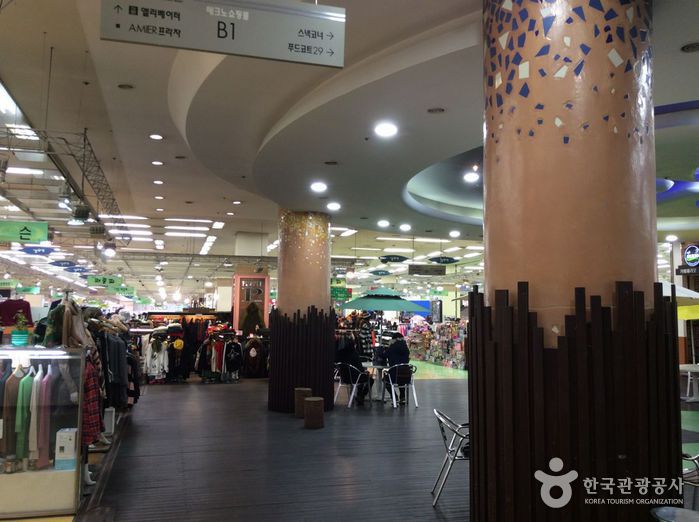
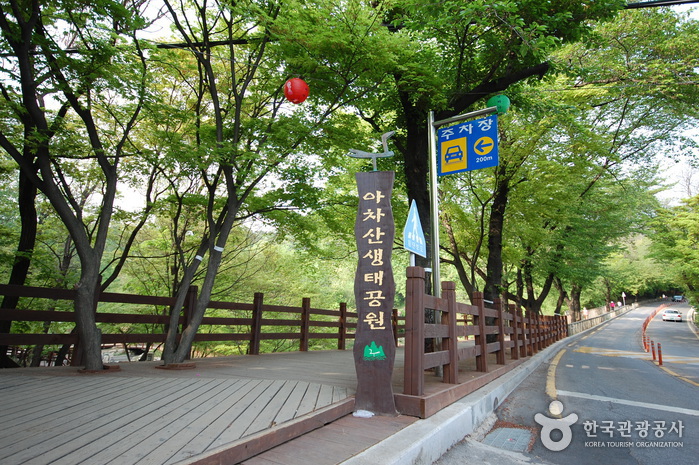

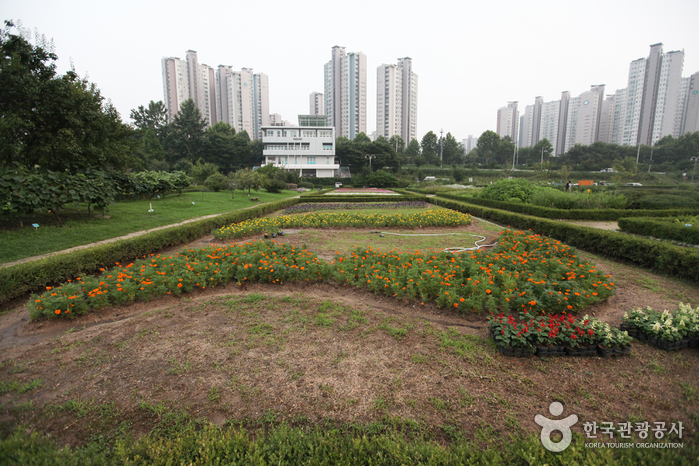
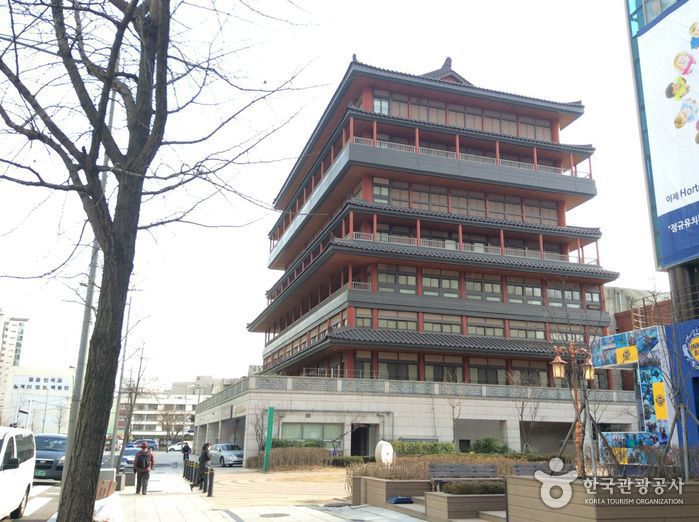
 Español
Español
 한국어
한국어 English
English 日本語
日本語 中文(简体)
中文(简体) Deutsch
Deutsch Français
Français Русский
Русский